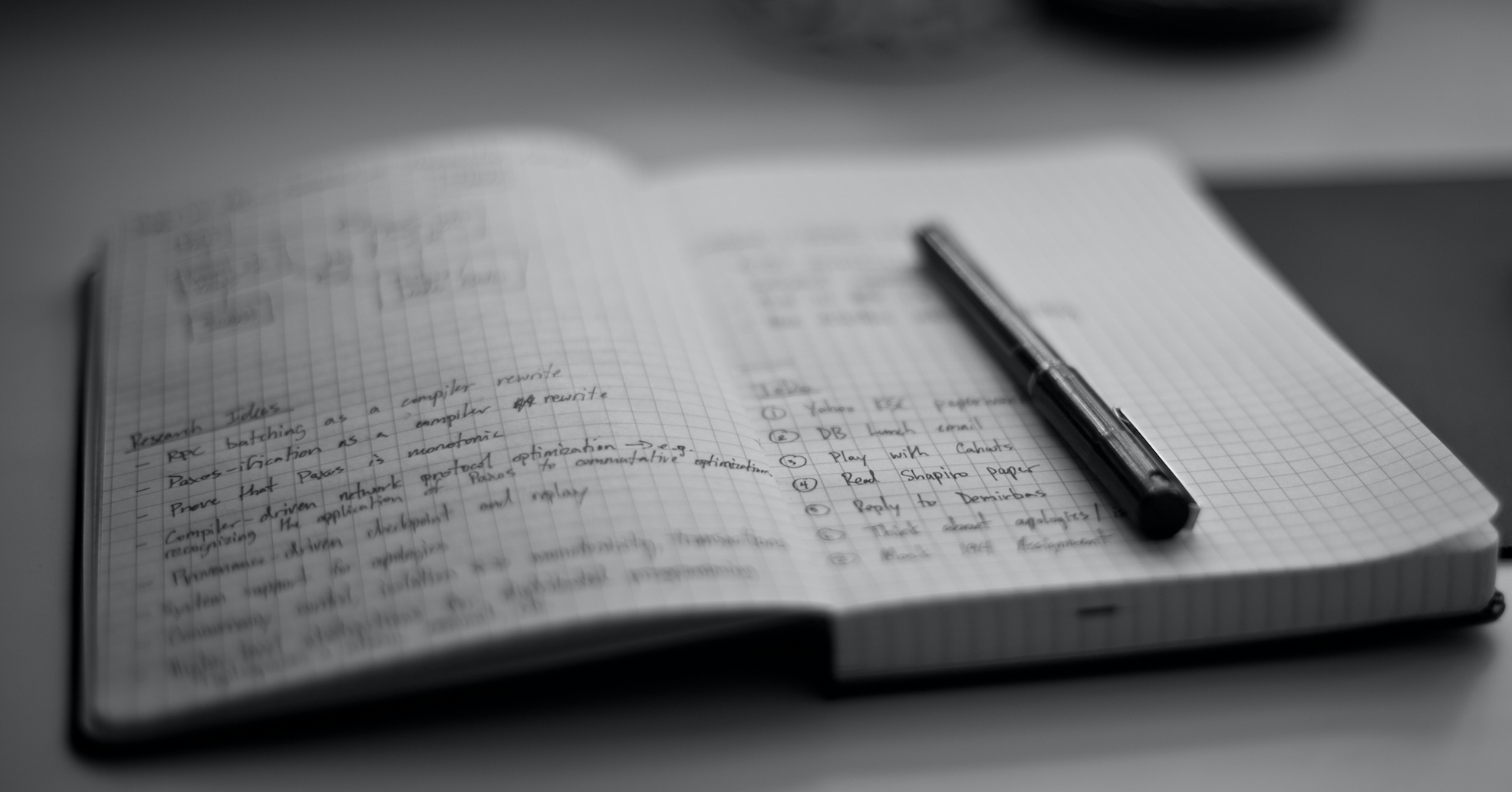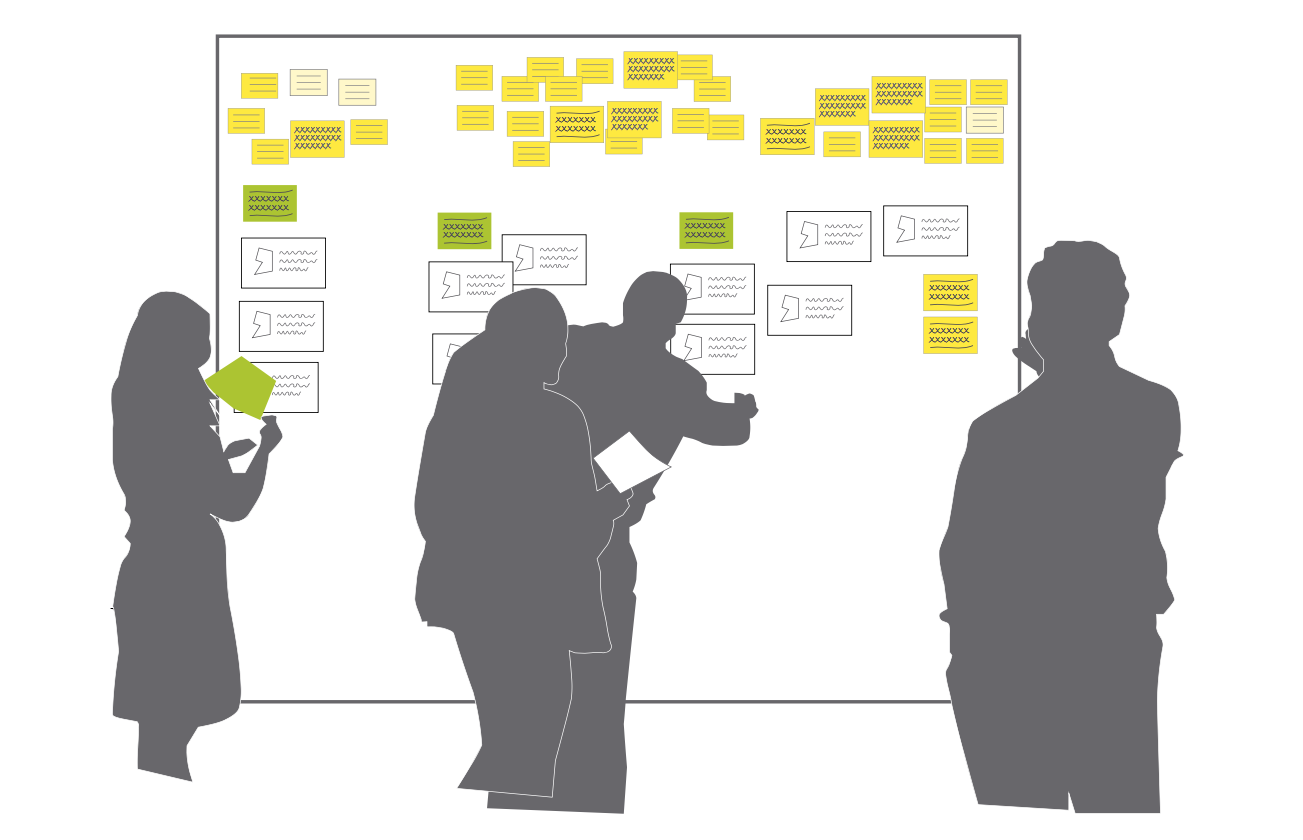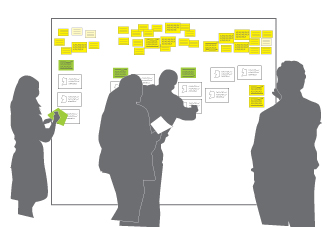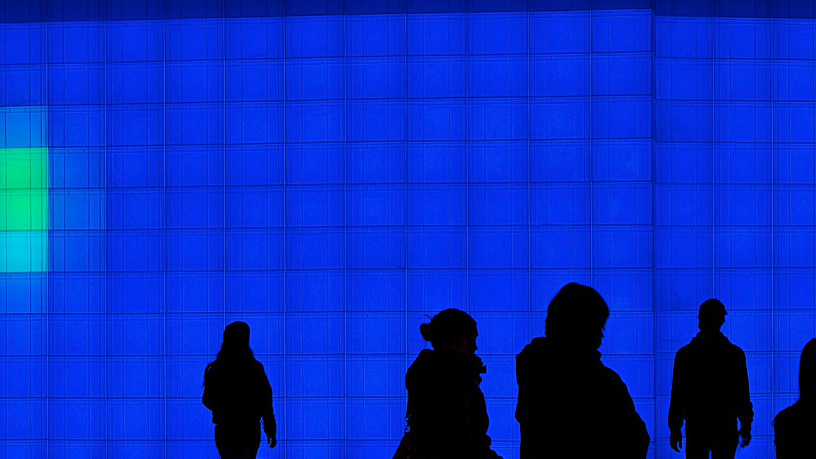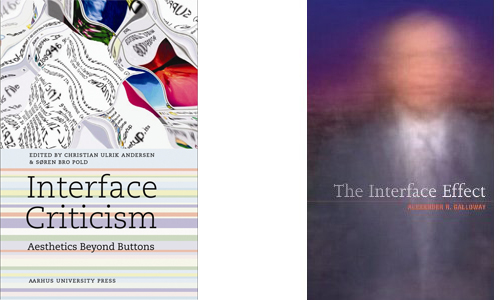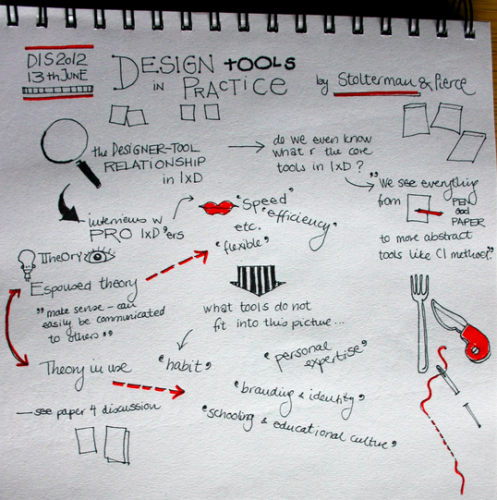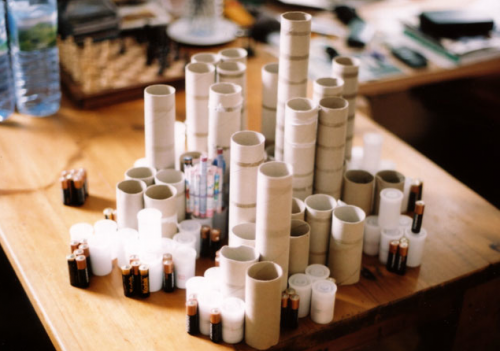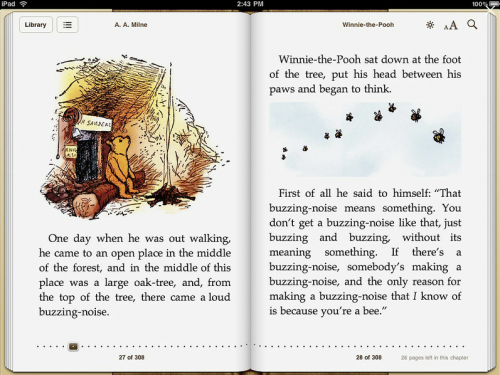This workshop at Designing Interactive Systems (DIS) 2016, June 5 2016, will examine and discuss how design research processes can be documented, and what the implications, potentials, and limitations of different approaches to, and types of, documentation. Documentation in design research projects can serve many purposes, both in terms of design activities, research activities, and auxiliary activities such as communication with external parties. From a design research perspective, the establishment of reliable and structured ways of capturing and documenting the data generated by the research is a central concern. In this workshop, we will therefore examine central themes in design research documentation on the basis of the participants’ hands-on experiences. The goal of the workshop is to advance both the theoretical and practical understanding of design process documentation, and to share and discuss strategies for and findings from doing so. The workshop will be highly participatory with short and concise presentations and several group work sessions.
To participate
The workshop is unconventional in that participants must commit to capturing and documenting a design process for a period in time in order to participate. This documentation forms the basis for the presentations during the workshop and grounds the subsequent discussions. In order to participate, interested parties must therefore do the following:
- Submit a proposal (2-4 pages SIGCHI Extended Abstracts Format) describing the design process to be documented, the project or institutional/organizational frame (e.g. at which institution or company is it carried out and what partners are involved), the focus of the documentation (for instance, how design concepts arise and are manifested through the project, how collaboration unfolds, how sources of inspiration inform the design process), and the tools and and strategy for documenting the project.
- Participants must then document the design process as outlined in their proposals. This work forms the empirical data for the workshop.
- Please send your proposal via email on or before 10 April to dalsgaard@cavi.au.dk
More information
For more information about the workshop, please see http://cavi.au.dk/ddrp/ and http://www.dis2016.org/program/workshops/
Organisers:
Peter Dalsgaard, Aarhus University, Denmark, dalsgaard@cavi.au.dk
Kim Halskov, Aarhus University, Denmark, halskov@cavi.au.dk
Jeffrey Bardzell, Indiana University Bloomington, USA, jbardzel@indina.edu
Shaowen Bardzell, Indiana University Bloomington, USA, selu@indiana.edu
Andrés Lucero, University of Southern Denmark, Denmark, lucero@acm.org
